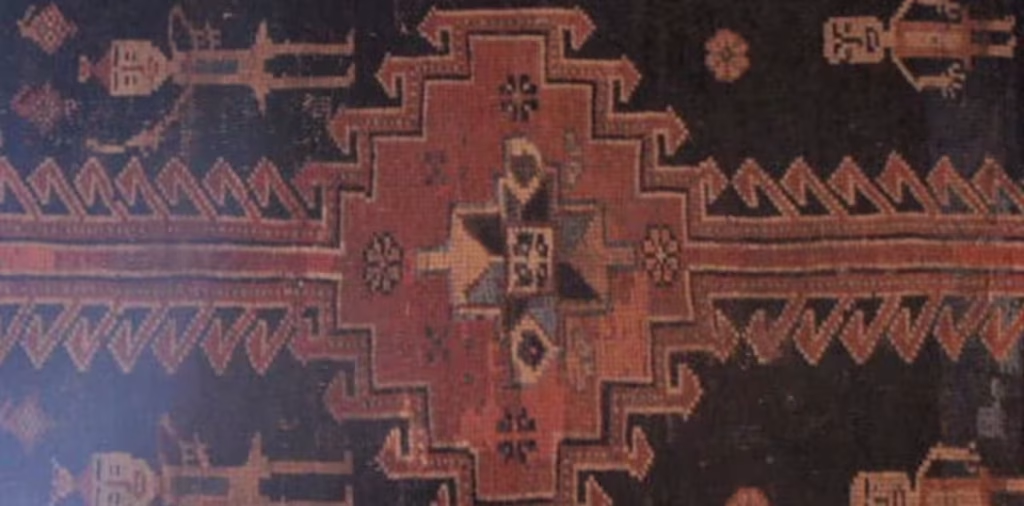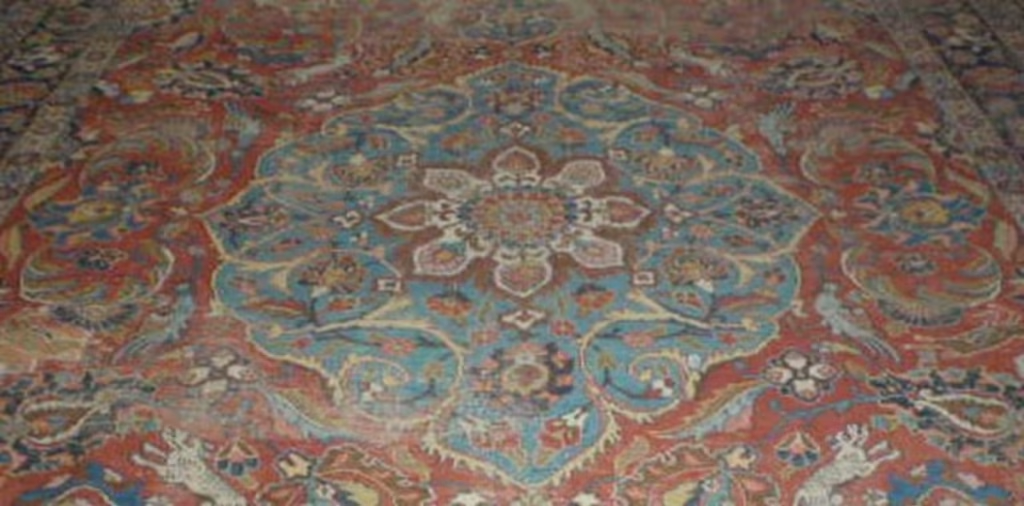Turkish Rug History :
Weaving a Legacy of Art, Culture, and Craftsmanship
Introduction: The Art of Turkish Rugs
Turkish Rug History: Turkish rugs and carpets, are admired around the world for their stunning designs and expert craftsmanship. They are more than decorative pieces—they’re cultural symbols with stories woven into every thread. Each rug reflects the weaver’s skill, the region’s character, and centuries of tradition.
Rug weaving is a respected art form in Turkey. It has been passed down from generation to generation, preserving both technique and heritage.
The Origins of Turkish Rugs
The roots of Turkish rug weaving trace back to the nomadic tribes of Central Asia. As these tribes migrated west into Anatolia—modern-day Turkey—they brought their weaving skills with them. Early rugs served practical uses, such as bedding, insulation, and shelter.
One of the oldest examples, the Pazirik carpet, was found in a burial mound in Siberia. Woven in the 5th century BC, it likely came from Turkic or Scythian hands. This ancient piece shows just how far back the rug-making tradition goes.
Turkish rugs began to take on their artistic identity during the Seljuk Empire, which ruled from the 11th to 14th century. This era marked a turning point in both design and quality.
The Seljuks and Ottomans: Masters of Craft
The Seljuk Turks played a key role in shaping Turkish rug weaving. They introduced advanced techniques and created new designs. While they drew inspiration from Persian styles, they developed their own unique aesthetic. Medallion motifs and floral patterns became signature features.
The Ottomans continued this tradition with great refinement. During their reign (1299–1922), Turkish rugs gained international fame. Workshops in cities like Istanbul, Konya, and Bursa produced exquisite pieces for palaces, mosques, and homes.
Ottoman rugs stood out for their vibrant colors, detailed patterns, and fine materials. Common motifs included diamonds, hexagons, and stylized leaves. Weavers used natural dyes to create rich reds, blues, yellows, and greens.
Regional Styles of Turkish Rugs
Over time, different regions in Turkey developed their own rug styles. Each one reflects local culture, materials, and techniques. Here are some of the most well-known:
-
Hereke: This town is famous for luxurious silk rugs. These pieces are finely woven and often feature detailed floral and medallion patterns. Collectors prize them for their elegance and quality.
-
Kayseri: Located in central Anatolia, Kayseri is known for wool rugs with bold, geometric designs. These rugs often use earthy tones like deep red, blue, and brown.
-
Konya: Konya produces hand-knotted wool rugs with rich colors and traditional motifs. Common symbols include stars, medallions, and flowers.
-
Bergama: This western region creates tribal-style rugs. Bergama pieces use bright colors and geometric patterns, usually built around a central medallion.
-
Gördes: Rugs from Gördes stand out for their vibrant palettes and use of the traditional Turkish knot. Designs often mix floral and geometric elements.
Turkish Rugs Today
Turkish rugs remain popular worldwide. Many artisans still use traditional hand-knotting methods, while others blend old techniques with modern styles. Machine-made rugs also offer more affordable versions of classic patterns.
Designers and collectors continue to value authentic, handmade Turkish rugs. Their natural dyes, timeless beauty, and sustainable materials appeal to both traditionalists and modern decorators.
Conclusion: A Living Tradition
Turkish rugs are more than decorative items—they are living pieces of history. From their nomadic beginnings to their place in global design, they tell a story of skill, culture, and identity.
Whether placed in a palace or a cozy living room, each rug brings beauty and history into the space it occupies. The tradition continues to evolve, but the artistry remains timeless.
Want to keep your Turkish rug looking its best?
Check out our guide: Rug Care and Cleaning Chronicles: Expert Tips and Insights from The Rug Guru


